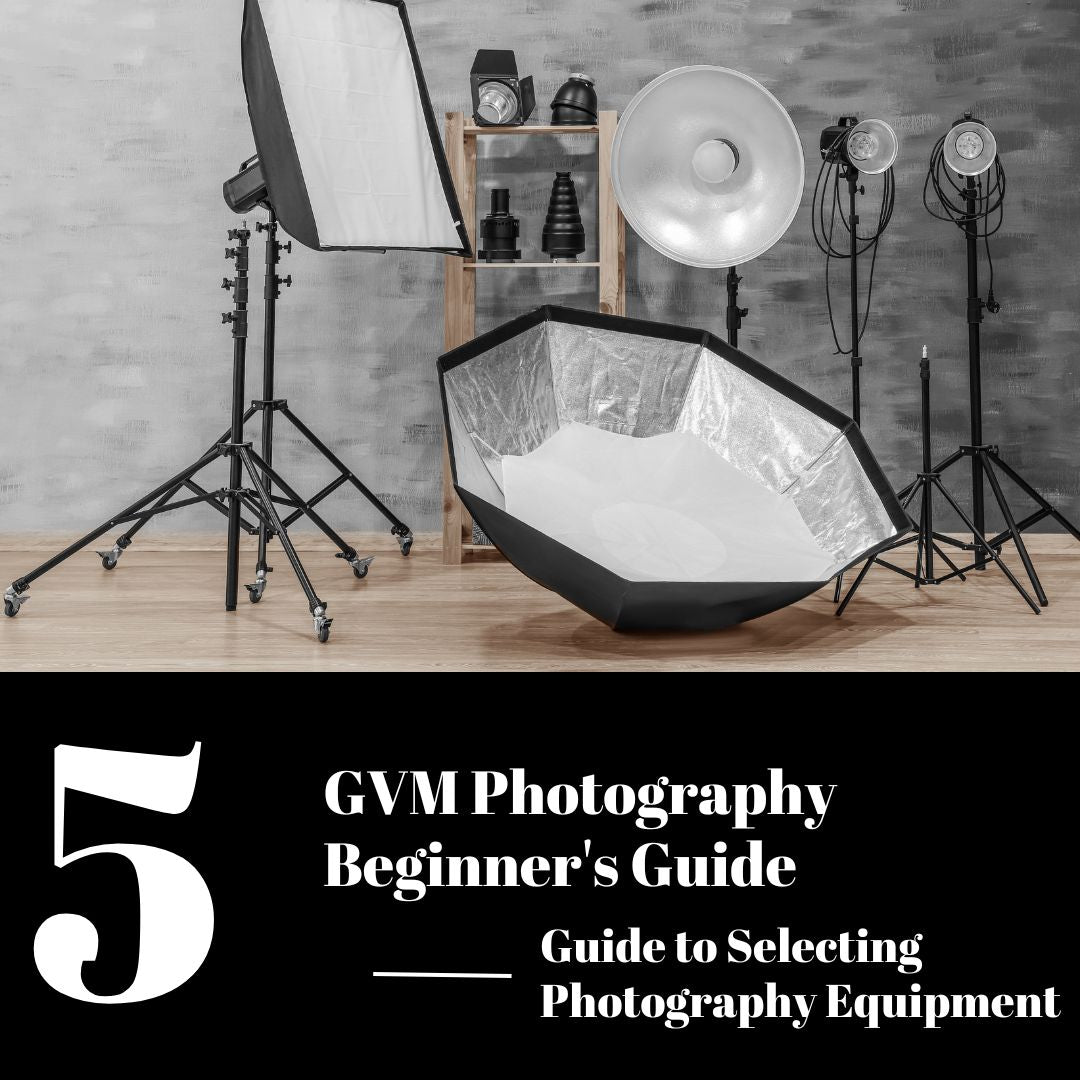In the world of photography, having a suitable set of photography equipment is like a swordsman possessing a sharp sword, which can make you more proficient and confident on the creative path. However, faced with the wide variety of cameras, lenses, and various accessories on the market, many novice photographers and even some experienced ones can feel confused. Today, I will share with you some key points for selecting photography equipment, hoping to help you find the most suitable photography partner for yourself.
I. Camera Selection
(1) Full-Frame vs. APS - C Format
Full-frame cameras have a larger sensor size, which can capture more light and details. They perform more excellently in high-ISO situations, with higher image tolerance and better color reproduction. They are suitable for professionals who pursue ultimate image quality and have high requirements for photography, such as those engaged in commercial photography and landscape photography. However, their prices are relatively high, and the lens groups are also more expensive.
APS-C format cameras have a smaller sensor size, with relatively affordable prices and more compact and lightweight lenses. Although their image quality is slightly inferior to that of full-frame cameras, for beginners and ordinary photography enthusiasts, they can already meet daily shooting needs, such as recording life and taking travel photos.


(2) DSLR vs. Mirrorless Camera
DSLR cameras have a mature optical viewfinder system, with no delay during shooting, allowing you to see the shooting image in real time. They have strong battery life and also perform well in continuous shooting speed and focusing performance, making them suitable for scenarios that require quick, such as sports photography and wildlife photography. However, DSLR cameras are relatively large in size and heavy in weight, which makes them not very convenient to carry.
Mirrorless cameras use an electronic viewfinder and can display shooting parameters and image effects in real-time, which is convenient for adjusting shooting settings. They are small in size and light in weight and are more suitable for daily carrying and travel shooting. With the continuous development of technology, the focusing speed and continuous shooting ability of mirrorless cameras have also been greatly improved, gradually becoming the new favorites of photography enthusiasts and professional photographers.

II. Lens Selection
(1) Prime Lenses
Prime lenses have a fixed focal length, and the aperture can usually be made very large, such as f/1.4, f/1.8, etc. The large aperture can bring a shallow depth-of-field effect, making the subject clear and the background blurred, highlighting the shooting subject. They are very suitable for portrait photography, still-life photography, etc. Moreover, the image quality of prime lenses is generally better than that of zoom lenses at the same price, and the price is relatively affordable. However, their shooting flexibility is not as good as that of zoom lenses, and photographers need to move to adjust the composition.
(2) Zoom Lenses
Zoom lenses can change the focal length within a certain range, which is convenient for photographers to shoot in different scenarios without having to change lenses frequently. For example, common zoom lenses like 24 - 70mm and 70 - 200mm cover the focal lengths from wide-angle to telephoto, and are suitable for shooting a variety of subjects, such as landscapes, portraits, and event coverage. However, due to their complex structure, zoom lenses have a relatively smaller aperture, the image quality is slightly inferior to that of prime lenses, and the price is also higher.


III. Selection of Other Accessories
(1) Tripods
Tripods are important tools for stabilizing cameras and are essential for shooting night scenes, long - exposures, and landscape photography. When choosing a tripod, consider its stability, weight, and portability. In terms of materials, carbon-fiber tripods are light in weight and good in stability, but the price is high; aluminum-alloy tripods are relatively low in price, but heavier in weight. In addition, the height and adjustable angles of the tripod are also very important and should be able to meet the needs of different shooting scenarios.



(2) Memory Cards
Memory cards are the media for cameras to store photos and videos, and their read-write speeds directly affect the shooting experience. For users who shoot high-definition videos or perform high-speed continuous shooting, it is recommended to choose memory cards with fast read-write speeds, such as UHS-II, CFexpress, etc. At the same time, choose an appropriate capacity according to your own shooting needs to avoid running out of storage space.

(3) Filters
Filters can add various effects to photos. For example, a circular polarizing filter (CPL) can eliminate reflections on the surfaces of water, glass, etc., and enhance color saturation, which is suitable for landscape photography; a neutral density filter (ND) can reduce the amount of light entering the lens and achieve a long - exposure effect, which is often used for shooting flowing water, car trails, etc.; a graduated neutral density filter (GND) can balance the light-dark contrast of the picture, making the exposure of the sky and the ground more uniform.



When selecting photography equipment, you need to consider your budget, shooting needs, and personal preferences comprehensively. Don't blindly pursue high-end equipment; the one that suits you is the best. I hope everyone can choose their favorite photography equipment and start a wonderful photography journey!


0 comments